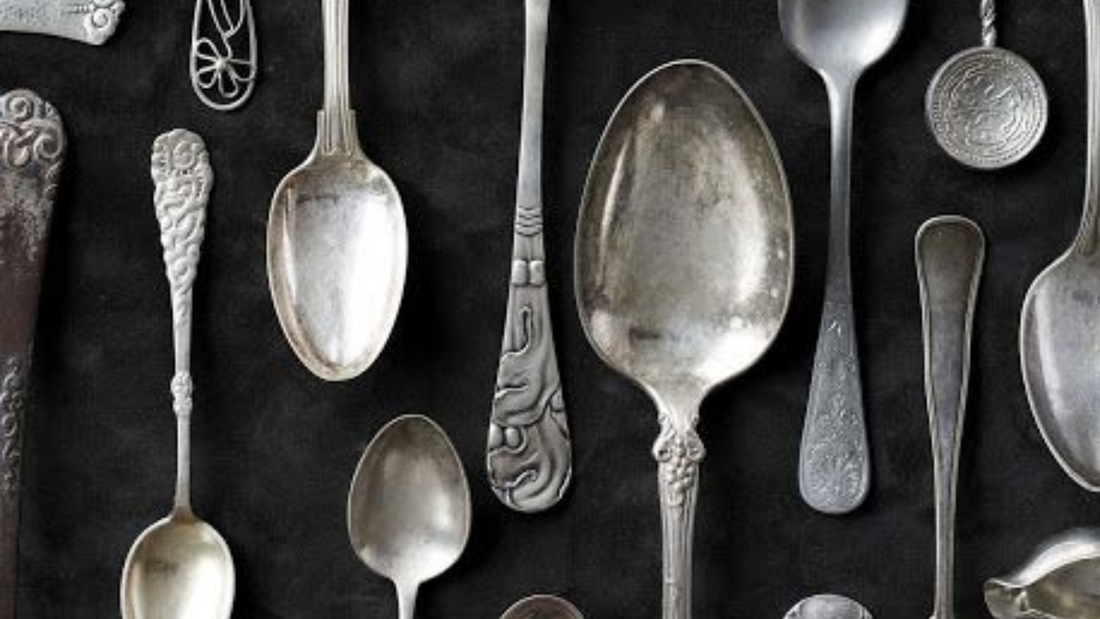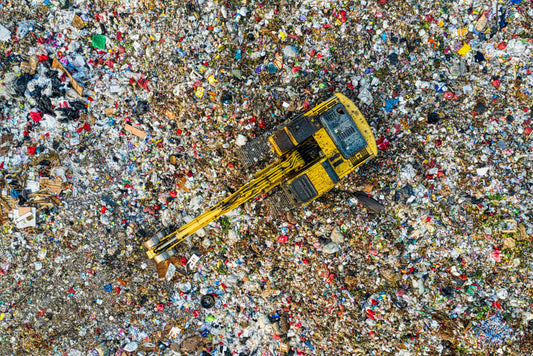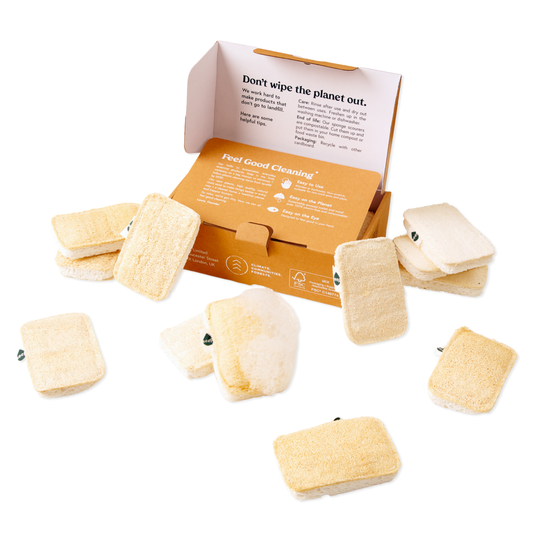
Whether it’s cleaning silver with baking soda or cleaning silver with toothpaste, we’ve got homemade remedies to polish the tarnish off your heirlooms.
Your silverware becomes exposed to the sulphur in the air (don’t worry, it’s naturally occurring like oxygen and carbon dioxide). However, it’s worth noting that silver and sulphur react, causing the tarnished look.
At Seep we understand you may have irreplaceable family heirloom silverware or stunning pieces of personal jewellery that can become tarnished over time. Luckily, there are very safe and easy fixes that only use the items already in your pantry. Here's our guide on how to clean silver without harsh chemicals.
Cleaning Silver With Baking Soda
Grab yourself a bowl, some cold water, your baking soda, a scrubbing sponge such as our Eco Sponge with Scourer, and your silverware. Mix a 1:4 ratio of water and baking soda to form an abrasive paste. Then, dip a sponge in the paste and get scrubbing. Cleaning silver with baking soda is as simple as scrubbing until you see the shine come back and rinsing under cold water.
For more stubborn tarnish, you can let the paste rest on the silver for about 3 minutes before gently rubbing it with a soft cloth. If your silver has intricate details, use a soft-bristled toothbrush to reach those areas.
Cleaning Silverware With Ketchup
This may sound like an old wive’s tale but there is truth to it. Heading back to the science-y side of things, it’s actually the tomatoes in ketchup that react with the oxidisation of the tarnished silver. So, to get going, simply place your silverware on a plate, douse it in tomato ketchup and leave it to rest for around 20 minutes. When it’s done, use an old toothbrush to give it a little encouragement and rinse it under cold water.
Using Aluminum Foil To Clean Silverware
Aluminium foil is another reaction-based method. It reacts directly with the silver’s tarnish causing it to lift and detergent helps this process along. So, grab a large washing-up bowl, line the bottom with tin foil, and place your silverware inside. Then, douse with liquid detergent and submerge in boiling water until the water cools. You should see the tarnish lifting almost immediately as the water changes colour!
For best results, ensure that your silver items are in direct contact with the aluminum foil. This method is particularly effective for smaller items like napkin rings.
Cleaning Silver With Cornflour
Cornflour is simply an alternative method to cleaning silver with baking soda. The idea is to make an abrasive paste with cold water and scrub the tarnish off with good old elbow grease. We wanted to get this one in there because it's about making the case that, even if you don’t have baking soda, the same results can be achieved with similar pantry items!
Cleaning Silverware With Toothpaste
Finally, we have an age-old method of cleaning silver with toothpaste. Not only is this highly effective for “the posh cutlery” but it is a handy method for getting the finer and more hard-to-reach details of silver jewellery. You’ll need some fluoride-based toothpaste, a toothbrush and a bowl of warm water. Add toothpaste to your toothbrush and start scrubbing. Then, rinse with warm water to see your silver shine.
And that polishes off all our remedies for silver shining. From cleaning silver with baking soda to cleaning silver with toothpaste, you’ve had it all.
Additional Tips For Silver Care
-
Regular Use: Using your silver items regularly can help prevent tarnish, as the oils from your hands form a protective layer.
-
Proper Storage: Store your silverware in anti-tarnish bags or pouches to protect it from moisture and oxidation. Avoid plastic bags, which can trap moisture and cause tarnishing.
-
Polishing Frequency: Polish your silver regularly to maintain its shine, but be careful not to over-polish sterling silver as it can wear down the metal over time.
-
Immediate Drying: After cleaning, always dry your silver items thoroughly with a soft cloth to prevent water spots.
By properly storing and regularly using your silver items, you can significantly reduce the frequency of cleaning needed and keep your precious silver looking its best for years to come.
The best part is knowing that polishing techniques will keep your reflection gleaming through the silver for a good few months. Depending on how often your silverware is used and how you store it, you might not even need to repolish it for two years. Simply check in on the look of your silver and if it’s looking a little dull or tarnished, whip out these remedies again.








